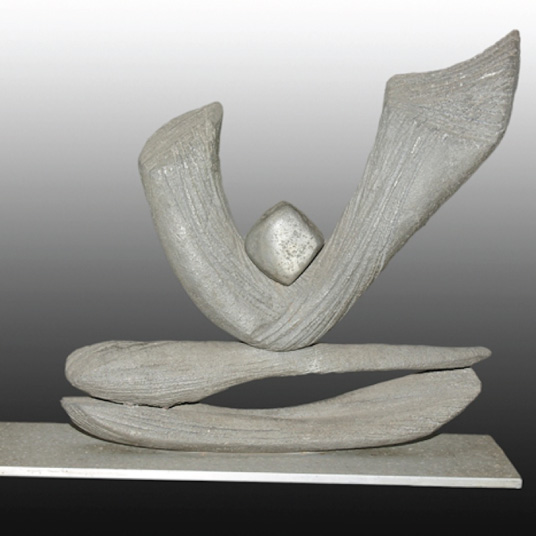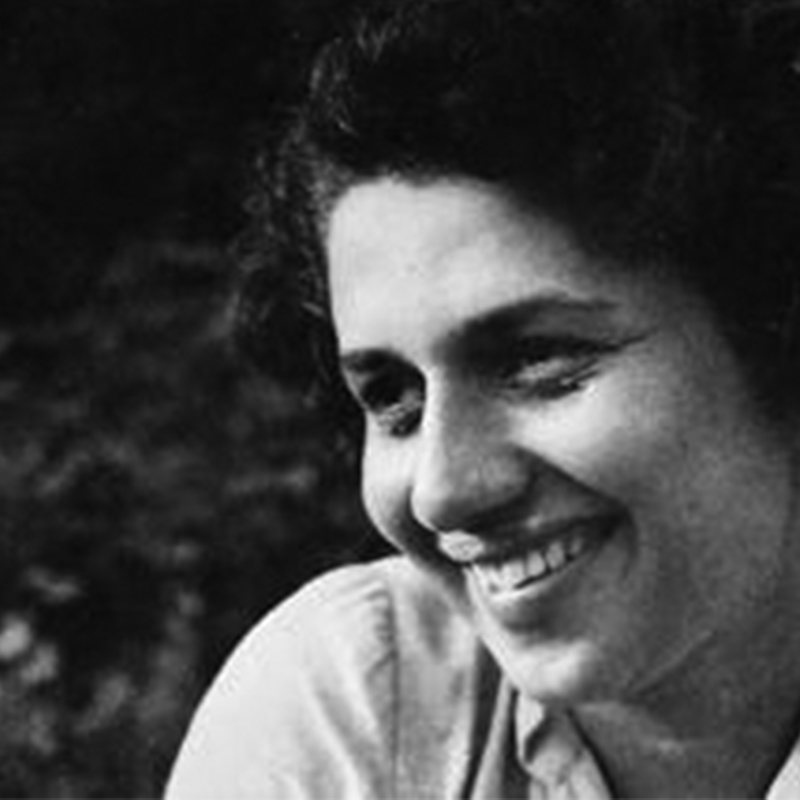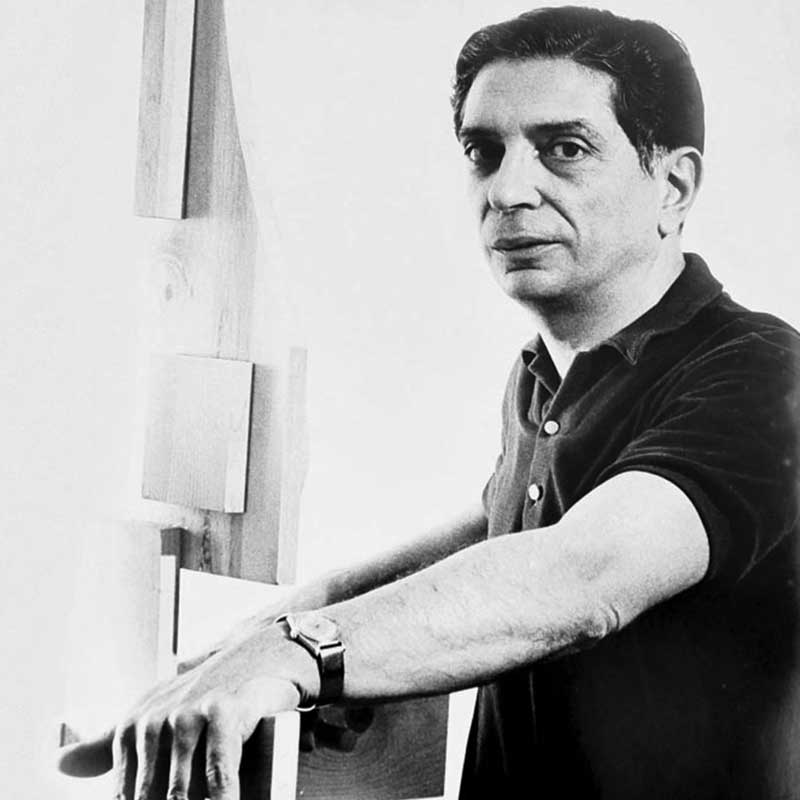
National Gallery of Modern Art, Mumbai: 26th December 2013 - 28th January 2014
National Gallery of Modern Art, New Delhi: 19th March - 19th May 2016
Curated by Pheroza Godrej, Firoza Mistree, Ranjit Hoskote & Nancy Adajania
This exhibit was under the auspices of the ‘Everlasting Flame Programme’ scheme ‘Hamari Dharohar’. It celebrates Parsi history and culture through works by painters, sculptors and illustrators of Parsi origin, produced from the late colonial period to the present. Despite the shared roots of its contributors, the exhibition does not relate directly to the Parsi community or their concerns, but instead explores themes such as nationalism, globalization, colonialism and modernity.
Seven works from the Jehangir Nicholson Art Foundation collection by artists Adi Davierwalla and Piloo Pochkhanawala were loaned for this exhibit that included 4 sculptures and 3 ink on paperworks.

Pilloo Pochkhanawala was born in 1923 in Bombay. She was one of India’s first few women sculptors.
Pochkhanawala began her journey in the 1950’s with her highly polished seated women, rendered in wood. She portrayed the almost fatalistic acceptance of the Indian woman. But soon, her dynamism soon lured her far beyond her natural inventiveness. She experimented with a number of media and techniques in the 1960s and 1970s, including direct carving, and cement and metal casting, but gradually abandoned the conventional wood, cement and beaten lead for scrap iron and steel. She learnt the technique of welding, which helped her fuse fragments of discarded iron and steel to create her signature works. Doing this, she bridges the gap between a concept and its concrete expression.
Pochkhanawala was not only important as an artist, but also a mediator and facilitator of the arts in Bombay—she organized the Bombay Arts Festival from the 1960s for many years.
Pochkhanawala passed away in 1986.

Adi Davierwala was born in 1922 in Mumbai. He was educated in Mumbai and qualified as a pharmaceutical chemist. Drawn towards sculpting, he received some guidance in its basic techniques from the late N.G. Pasare, but he was relatively self-taught. He started out with wood as his medium and gradually went on to work with stone, marble, bronze and steel.
His edgy, futuristic works were due to a combination of factors – his training in engineering and technology, as well as inspirations such as Epstein, Henry Moore, Greek mythology and Christian symbolism. He was gifted and innovative enough to imbibe these influences to create sculptures that were both original and individualistic. He started exhibiting his works in Mumbai in 1950.
His sculptures were displayed in the Sao Paulo Biennale, Brazil, and in the Venice Biennale in 1963 and 1966 respectively. In 1969 his works were included in the traveling exhibition of International Education in the U.S.A and in the following year in a group show organized by the Coray Gallery in Zurich. He was the recipient of the D.Rockefeller III Fellowship in 1968, and his show was sponsored by the Bertha Schaifer Gallery, New York in the same year.
Davierwala won several awards including the first prize at the State Art Exhibition (1957), the gold medal at the All India Sculptor’s Show (1957) and the National Award (1965). He executed large sculptures for the Atomic Energy Establishment, Larsen and Toubro and the Life Insurance Corporation. His works are included in several public and private collections in India and abroad.
He passed away in 1975.